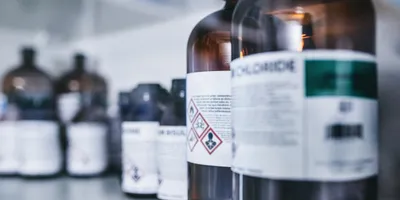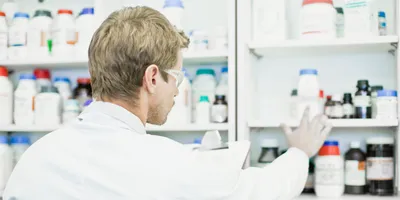Vacuum pumps are an essential piece of equipment and used in a wide variety of processes in most laboratories. Innovation in vacuum technology is currently being driven by the many diverse manufacturing and research processes that rely on vacuum systems, particularly the manufacture of semiconductors. With increasing demand for reliable and efficient vacuum techniques, the rate of innovation looks likely to increase in the immediate future.
Vendors predict that vacuum pumps of the future will offer greater reliability and be able to operate for longer periods of time before maintenance is required. Laboratory pumps are also expected to be smaller, more efficient, and generate less heat, noise and vibration. It is likely that they will also better resist corrosion and be easier to clean and repair.
Technological developments are likely to include higher shaft speeds and innovation in pumping mechanisms for improved performance. Vacuum pumps are also expected to incorporate novel materials and improved design to further improve performance and reduce operating costs.
The two most common laboratory vacuum technologies are diaphragm pumps and rotary vane pumps. Diaphragm pumps are oil-free and suitable for applications above about 1 Torr, which covers the vast majority of filtrations and aspirations. Rotary vane pumps use oil for sealing and lubrication and require substantially more maintenance than oil-free pumps. Higher pumping speeds and ultimate vacuums make them suitable for evacuating glove boxes and for drying/freeze drying. A third technology, the scroll pump, is also an oil-less design. With ultimate vacuums of around 0.1 Torr, scroll pumps are suitable for applications requiring vacuums intermediate between diaphragm and rotary vane capabilities.
Different type(s) of vacuum pumps respondents are using in their labs:
| Rotary vane pump | 30% |
| Dry diaphragm vacuum pump | 22% |
| Deep vacuum pump | 16% |
| Water or Air Aspirator | 13% |
| Filtration pump | 10% |
| Other: (Please specify) | 8% |
The average annual vacuum pump budget for related equipment, parts, maintenance, service, and repairs is less than $1,000.
| $0 - $1,000 | 47% |
| $1,000 - $2,500 | 17% |
| $2,500 - $5,000 | 10% |
| $5,000+ | 14% |
| Don't know | 12% |
Vacuum pumps are used in dozens of laboratory applications, including filtration, evaporation, degassing, drying/ freeze drying, metals/materials processing, coating, and distillation.
Different type(s) of applications respondents are using vacuum pumps for in their labs:
| Vacuum or pressure filtration | 25% |
| Rotary evaporator | 16% |
| Vacuum oven | 15% |
| Degassing | 14% |
| Freeze drying | 9% |
| Gel dryer | 4% |
| Other: (Please specify) | 17% |
Based on the replies, the majority of respondents who are looking to purchase a vacuum pump are looking to replace aging pumps. What buyers should consider in purchasing a vacuum pump: a) Match the pump to its intended use, considering materials of construction, desired flow rate, and ultimate vacuum; b) Make note of the solvents that the pump will encounter; c) Consider the environment. Oilfree pumps eliminate the need to dispose contaminated pump oil and excessive water usage from an aspirator; d) look for a pump with low cost of ownership; and e) take the time to find out about the alternatives.
Respondents' reasons for purchasing a new vacuum pump:
| Replacement of aging pump | 45% |
| Addition to existing systems, increase capacity | 29% |
| Setting up a new lab | 18% |
| First time purchase of a pump | 2% |
| Other: (Please specify) | 6% |
Top 12 factors/features that are important in purchasing a vacuum pump:
| Durability of product | 100% |
| Value for price paid | 97% |
| Leak tightness | 97% |
| High suction | 93% |
| Oil-free/contamination-free pumping | 88% |
| Ease of use | 92% |
| Service and support | 89% |
| Maintenance costs | 90% |
| Safety and health features | 90% |
| Availabilty of supplies and accessories | 91% |
| Noise level - quiet | 86% |
| High pumping speed | 82% |
Respondents' fields of work:
| Chemical | 19% |
| Environmental | 19% |
| Biochemistry and biology | 15% |
| Quality control | 11% |
| Pharmaceutical industry | 8% |
| Food and beverage | 5% |
| Other: (Please specify) | 25% |
Completed Surveys: 394









